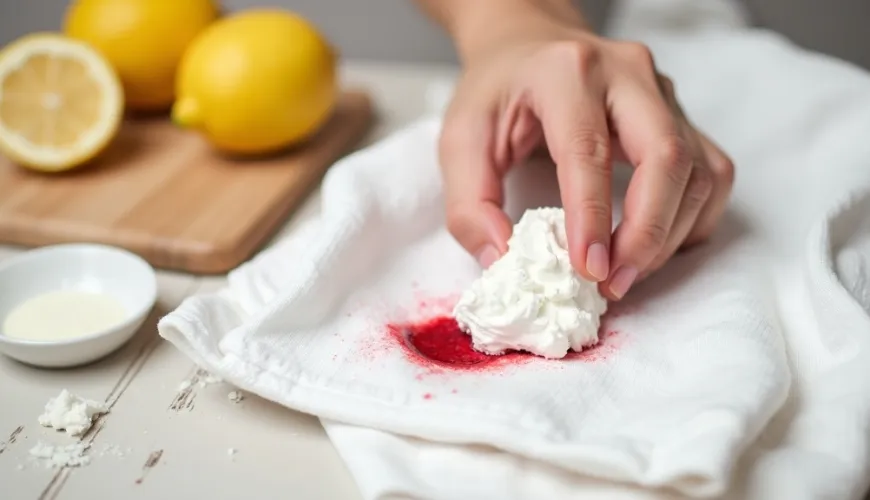
How to Wash a Backpack Without Damaging Its Shape and Structure

How to Properly Wash a Backpack to Last for Years and Still Look Like New
A backpack is an item that few people actually spare. Daily wear, unexpected trips, sudden rains, or spilled snacks—these all take their toll over time. Whether it's a child's favorite school backpack, a Deuter trekking backpack, or a versatile city backpack, sooner or later it will need a good clean. But how to wash a backpack without damaging it or losing its shape?
At first glance, cleaning a backpack may seem simple—just throw it in the washing machine, start the cycle, and you're done. However, this shortcut can be not only ineffective but also irrevocably harmful to the backpack's construction and materials. Therefore, it's good to know how to properly wash a backpack, and especially when machine washing is even appropriate.
Before You Start - Read the Label and Know the Material
Every backpack is a bit different. Different brands, various materials, different purposes of use. Therefore, the most important first step is to read the label inside the backpack, where the manufacturer usually provides care instructions. If it explicitly states that the backpack is not suitable for machine washing, it's best to follow this advice.
Especially backpacks with metal frames, waterproof coatings, or prominent foam elements do not belong in the washing machine. They could deform, damage the washing machine drum, or lose their water-repellent properties. On the other hand, some modern school backpacks or city models have removable frames and are designed to withstand a gentle washing program.
How to Wash a School Backpack – Cleanliness Without Compromise
School backpacks take a beating. Children put them on the ground, carry leftovers, crayons, wet clothes, or slippers in them. It's no wonder that after a few months, they begin to lose color and smell.
First, remove all contents from the backpack, including forgotten coins, candies, or notebooks. If the backpack has removable frames or a plastic bottom, it is advisable to remove them before washing. Then vacuum or shake out the backpack to get rid of dust, crumbs, and other debris.
For thorough cleaning, hand washing is ideal. Fill a tub or large container with lukewarm water, add a mild detergent—ideally eco-friendly, without aggressive chemicals—and gently scrub the backpack with a soft brush or sponge. Focus on the straps, bottom, and inner pockets where dirt accumulates the most. After washing, thoroughly rinse the backpack with clean water and let it air dry slowly, ideally hanging upside down and out of direct sunlight.
If the backpack's condition is such that hand cleaning is not enough, the question arises: Can a school backpack be washed in a washing machine? In some cases, yes—but with great caution. Choose a gentle cycle, a maximum temperature of 30 °C, and exclusively low spin speeds. Place the backpack in a laundry bag or an old pillowcase and use a gentle washing gel. Fabric softener is not recommended, as it may affect the material's water repellency.
How to Wash a Deuter Backpack – A Legend Among Outdoor Backpacks
The Deuter brand is synonymous with quality and reliability among hiking backpacks. That's why it's important to approach their maintenance with respect. So, how to wash a Deuter backpack without damaging its functionality?
Deuter itself recommends hand cleaning with lukewarm water and mild soap. Using a washing machine is unsuitable because most Deuter backpacks have frames, adjustable back systems, special coatings, and reflective elements that can be damaged. Particular attention should also be paid to zippers and seams—ingrained dirt can eventually lead to their failure.
When hand washing, it's best to use a soft brush or sponge. After washing, let the backpack dry naturally—never dry it on a heater or in a dryer. If the backpack is significantly dirty after a long hike, for example, from mud or sweat, you can pre-soak it and let the cleaning solution work, but never use aggressive cleaning agents.
An interesting example is the story of a family who returned home from a three-day trip in the Krkonoše Mountains with backpacks covered in mud from bottom to zipper. They cleaned their Deuter backpacks by hand using only water, a soft brush, and natural soaps, and after drying, they looked like new. It's important not to irritate the protective layer and maintain the functionality that customers appreciate so much in this brand.
What to Do to Prevent the Backpack from Smelling?
Especially with school and sports backpacks, it happens that over time they start to smell slightly—a mixture of sweat, moisture, a forgotten apple, and old socks is not hard to imagine. To prevent this, it is recommended to regularly air the backpack and wipe it with a damp cloth. The inner pockets can become damp from wet clothes or rain, so it's good to leave them open to dry after coming home.
If the backpack already smells, baking soda can help. Simply sprinkle it on the bottom of the backpack and let it work overnight—it will naturally absorb odors. Then simply vacuum it out with a hand vacuum or shake it out.
For sports backpacks, especially those with shoe pockets, it pays to use natural air fresheners—such as sachets with lavender, dried herbs, or activated charcoal.
Can We Impregnate the Backpack?
If the backpack is often exposed to rain or humid environments, it's good to restore its water-repellent layer after washing and drying. Special impregnation sprays designed for textiles help the material resist water and dirt. They are applied to a dry and clean surface and left to dry thoroughly. They work best on synthetic materials like polyester or nylon, which are often used in hiking backpacks.
When choosing impregnation, we recommend opting for eco-friendly products that do not contain harmful fluorinated compounds (PFC). These can not only pollute the environment but also irritate the skin.
What to Watch Out for to Make the Backpack Last Long?
- Don't overfill it—deformation and overloading can damage zippers and seams.
- Don't expose it to prolonged sunlight—UV radiation fades colors and weakens the material.
- Don't dry in a dryer—high temperatures destroy coatings and deform the structure.
- Avoid dry cleaning—perchloroethylene and other substances can damage the fabric and lining.
As the American writer Henry David Thoreau once said: “It’s not what we carry, but how we care for it.” And this applies to backpacks as well. A carefully washed, well-dried, and properly stored backpack will last for years—whether you take it to the school corridor, the city, or a mountain ridge.

